 Annual screening for prostate cancer may not be required in many elderly men, whereas routine screening for breast cancer should probably never have been implemented, say two separate studies published this week. These studies raise questions as to whether regular screening for common cancers is really necessary and, if so, in which groups.
Annual screening for prostate cancer may not be required in many elderly men, whereas routine screening for breast cancer should probably never have been implemented, say two separate studies published this week. These studies raise questions as to whether regular screening for common cancers is really necessary and, if so, in which groups.
In the first study, due for publication in the Journal of Urology, the authors assessed 849 men aged from 40 to 92 who had been followed up for 10 years as part of the Baltimore Longitudinal Study on Aging.
During this time period, the men had undergone an average of four tests to measure prostate specific antigen (PSA) levels. PSA level in the blood is used to screen for prostate cancer: if a man has a blood PSA level of of 4.0 ng/ml or higher, it is likely that he has prostate cancer.
The authors found that in a subgroup of men aged 75 years or older who had a PSA level of below 3.o ng/ml – well within the normal range – none died of cancer and only one developed high-risk prostate cancer.
In the US and the UK, men over the age of 50 are advised to undergo annual prostate cancer screening. The findings of this study imply that routine screening may not be needed those who are over 75 and have a normal PSA level, as such individuals are unlikely to die of or experience aggressive prostate cancer during their remaining life. Even if PSA levels indicate that a man over 75 DOES have prostate cancer, it’s likely that he’ll die of something else rather than the malignancy. In such cases men could forgo risky therapy and avoid the nasty side effects that can seriously affect quality of life.
Speaking to Reuters, Dr H Ballentine Carter of Johns Hopkins University in Baltimore, one of the researchers contributing to the study said, “For the overwhelming majority of men over age 75, discontinuing PSA screening is probably a very safe thing to do”.
As for women, an analysis in the BMJ has highlighted the risks associated with mammography – including a high rate of false positives – and suggests that in many cases the risks inherent in routine screening for breast cancer outweigh the benefits.
The authors of this study argue that the NHS Cancer Screening Programmes leaflet about mammography, Breast screening: the facts, is unbalanced in its portrayal of the positives and negatives of screening and constitutes “one sided propaganda about breast screening”.
They suggest that the leaflet overplays the benefits of breast cancer screening, such as the possibility that screening leads to fewer mastectomies. Various studies indicate that the number of mastectomies actually increases when screening is introduced, they point out. The authors even dispute the statement that screening saves lives, highlighting trials showing that screening does not decrease total cancer mortality.
The authors also opine that the leaflet downplays the risks of breast cancer screening, like the possibility of being overdiagnosed, which with mammography is ten times more likely than being accurately diagnosed. “No mention is made of the major harm of screening – that is, unnecessary treatment of harmless lesions that would not have been identified without screening,” they write.
The analysis concludes that breast cancer screening is associated with less benefit and substantially more harm than previously thought and that mammography screening programmes would probably not have been initiated if the individuals who wrote the policies 20 years ago had had the evidence available today.
So should prostate cancer and breast cancer screening programmes be cut back? Doing so would avoid the consequences of false positives and would save health care providers millions of pounds in diagnostic costs.
What do you think? Would you stick to your yearly screening appointments regardless of the risk of being misdiagnosed and subjected to unneccessary treatment, just in case one day screening does catch a malignant but treatable lesion that would have otherwise been missed? Or would you rather steer clear of the hassle of screening and the stress of a false alarm?

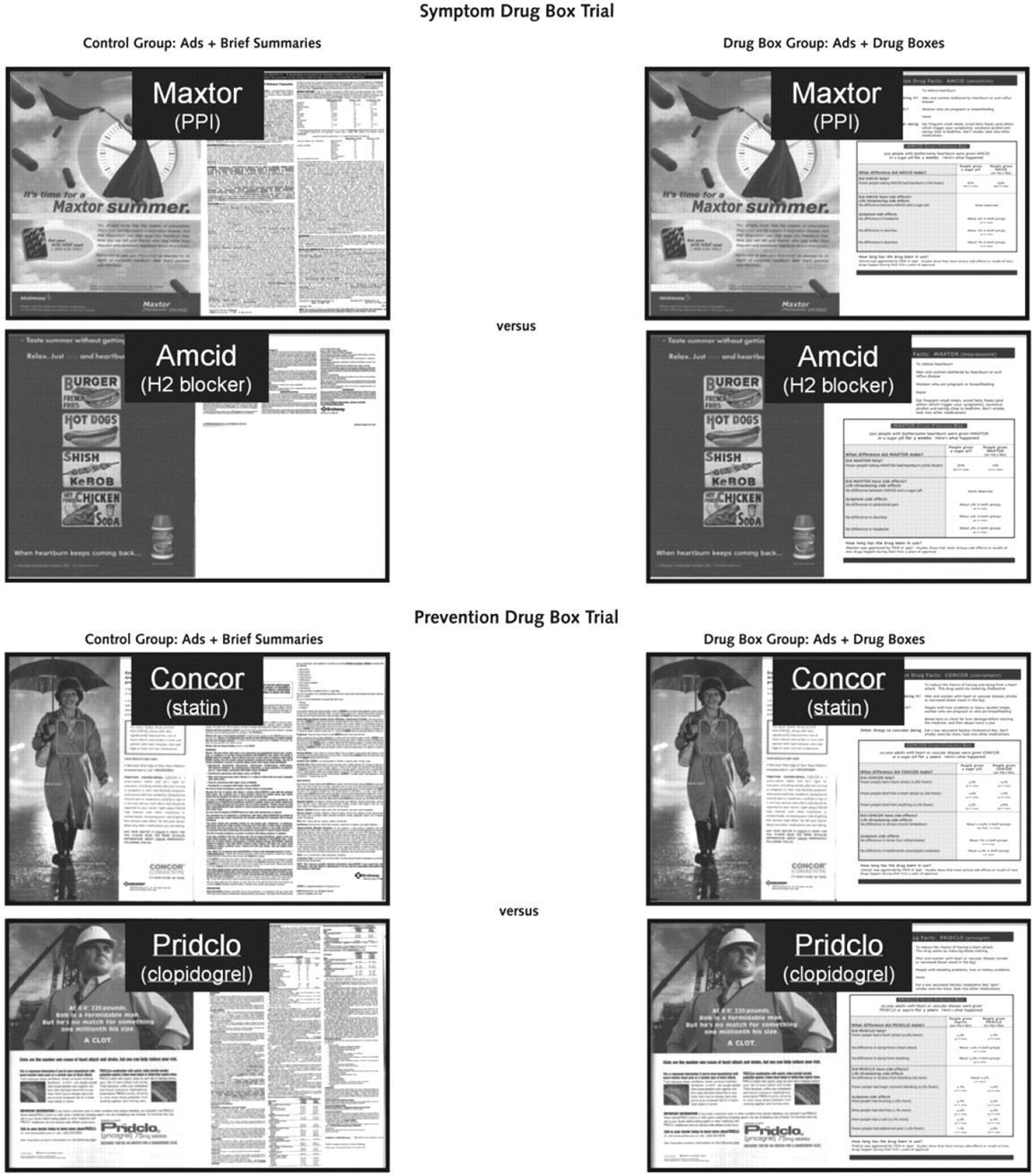

 New research
New research 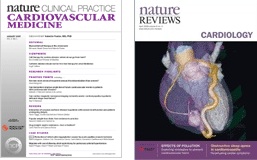
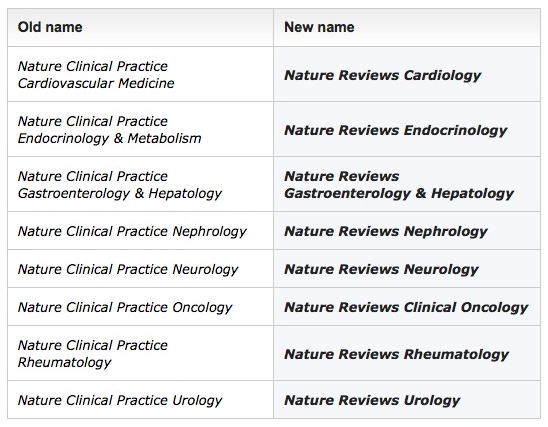
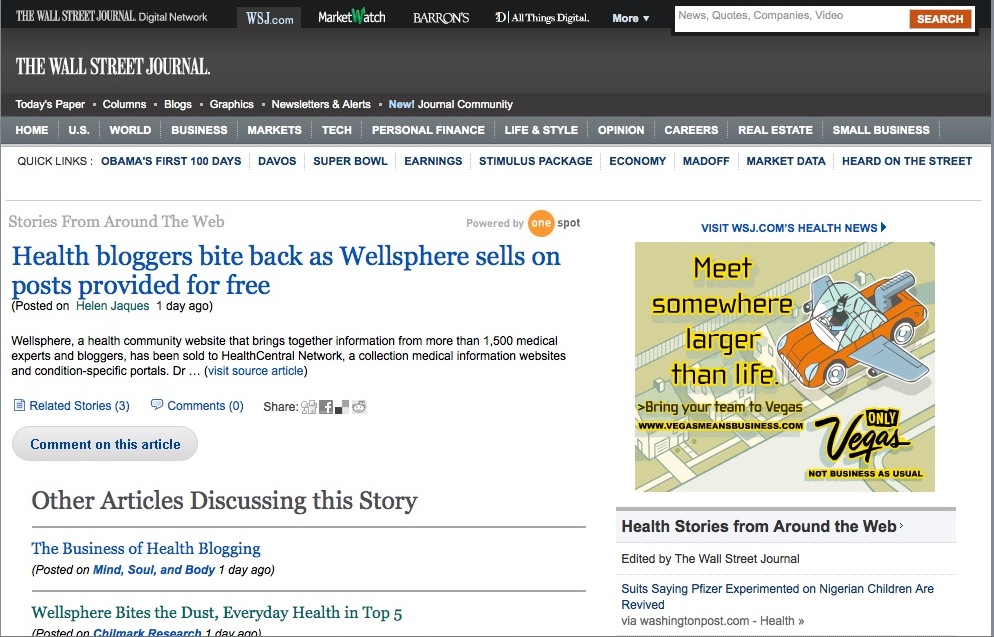

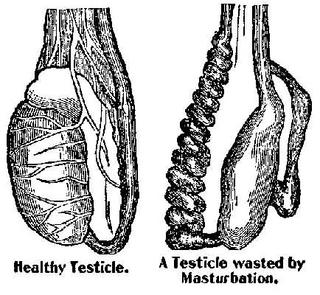
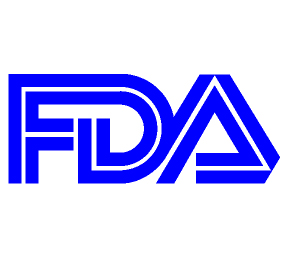 Last week the US Food and Drug Administration
Last week the US Food and Drug Administration